The American Society of Mechanical Engineers (ASME) is currently accepting applications from social innovators focusing on scaling hardware technology solutions that address urgent global challenges through the ISHOW accelerator and IDEA LAB incubator.
Tag: Habitat
Boom! Detecting Gregarious Goliath Groupers Using Their Low-frequency Pulse Sounds
From growls to booms, whales, fish and crustaceans all produce sounds. Selecting the gregarious Goliath grouper, researchers deployed a novel automated detector and localization model to find underwater marine organisms using their low-frequency pulse sounds.
Marine Seagrass Meadows Show Resilience to ‘Bounce Back’ After Die-Offs
A study in Florida Bay, one of the largest global contiguous seagrass systems, examined if a phytotoxin that accumulates as seagrass ecosystems become more enriched in nutrients prevents a marine seagrass, turtlegrass, from recruiting into open bare sediment following die-off events. While they do “bounce back,” long-term monitoring indicates the timeframe for recovery after major die-off events is at least a decade. Turtlegrass can successfully recruit into open bare sediment following die-off events due to biomass partitioning.
Kangaroo Island ants ‘play dead’ to avoid predators
They’re well known for their industrious work, but now a species of ant on Kangaroo Island is also showing that it is skilled at ‘playing dead’, a behaviour that University of South Australia researchers believe is a recorded world first.
Curious about cottontails, researchers hop into hare study
A pair of West Virginia University researchers, Amy Welsh and Chris Rota with the WVU Davis College of Agriculture, Natural Resources and Design, are studying the habits and habitats of two West Virginia lagomorphs: the Appalachian cottontail and the snowshoe hare.
Hope for salamanders? Illinois study recalibrates climate change effects
For tiny salamanders squirming skin-to-soil, big-picture weather patterns may seem as far away as outer space. But for decades, scientists have mostly relied on free-air temperature data at large spatial scales to predict future salamander distributions under climate change. The outlook was dire for the mini ecosystem engineers, suggesting near elimination of habitat in crucial areas.
Wildlife disease ecologist launches project to help DoD monitor quality of bird habitats on military installations
NAU professor Jeff Foster was recently awarded a grant by the DoD for a new study, “Demonstration of Metabarcoding for Monitoring Bird Species Habitat Quality on DoD Installations.” This three-year, $900,000 project will focus on five insectivorous species on four military sites.
Toxins from Harmful Algae Found in Bull Sharks of Florida’s Indian River Lagoon
The Indian River Lagoon (IRL) is a bull shark nursery habitat crucial to survival and recruitment of Atlantic coast bull sharks. Analysis of 123 samples found the presence of one or more phycotoxin from harmful algal blooms in 82 percent of the bull sharks and their prey items. Findings highlight the potential threat of toxic algae to the IRL’s ecosystem and surrounding human populations that may consume the same prey species. The highest concentrations of most toxins were detected in gut content samples, highlighting dietary exposure as an important mechanism of toxin transfer to bull sharks in the system.
Habitat shifts affect brain structure in Amazonian butterflies, according to study
Habitat differences help determine changes in the nervous system of tropical butterflies, scientists at the University of Bristol have found.
Coastal experts get chance to explore new Gulf-wide research tools and information
Over 800 coastal researchers and managers will get the chance to explore more than 25 regional tools on display April 26 at the Gulf of Mexico Conference (#GOMCON) in Baton Rouge, La. The Tools Café gives participants a unique opportunity to access some of the newest and best tools for coastal resilience, data management, and conservation while learning about these resources directly from developers who created each tool.
World’s New Stream Frog Found in Myanmar: Chula Researcher Indicates Its Ecosystem Is Intact
A biologist from the Faculty of Science, Chulalongkorn University working with researchers from Germany and Myanmar has discovered two of the world’s newest stream frogs in Myanmar highlighting the remaining diversity of ecosystems in Southeast Asia and cautions all those involved of the need to conserve our forests before our valuable wildlife become extinct.
Living laboratory, biodiversity hub: The Oak Ridge National Environmental Research Park
Nestled at the intersection of eastern Tennessee’s Anderson and Roane Counties, the Oak Ridge National Environmental Research Park is a living laboratory and a major resource for conducting ecological studies.
Study Confirms Origin of Vervet Monkeys Living Near an Urban Airport for Decades
Scientists have confirmed the species and origin of a colony of wild African vervet monkeys that landed in Dania Beach more than 70 years ago. They escaped from the Dania Chimpanzee Farm in 1948 and settled in a thick mangrove forest near the Fort Lauderdale-Hollywood International Airport in South Florida. The facility acted as a zoo and also provided primates imported from Africa as research subjects in the development of the polio vaccine and other medical research.
Orangutan Finding Highlights Need to Protect Habitat
Wild orangutans are known for their ability to survive food shortages, but scientists have made a surprising finding that highlights the need to protect the habitat of these critically endangered primates, which face rapid habitat destruction and threats linked to climate change. Scientists found that the muscle mass of orangutans on the island of Borneo in Southeast Asia was significantly lower when less fruit was available. That’s remarkable because orangutans are thought to be especially good at storing and using fat for energy, according a Rutgers-led study in the journal Scientific Reports.
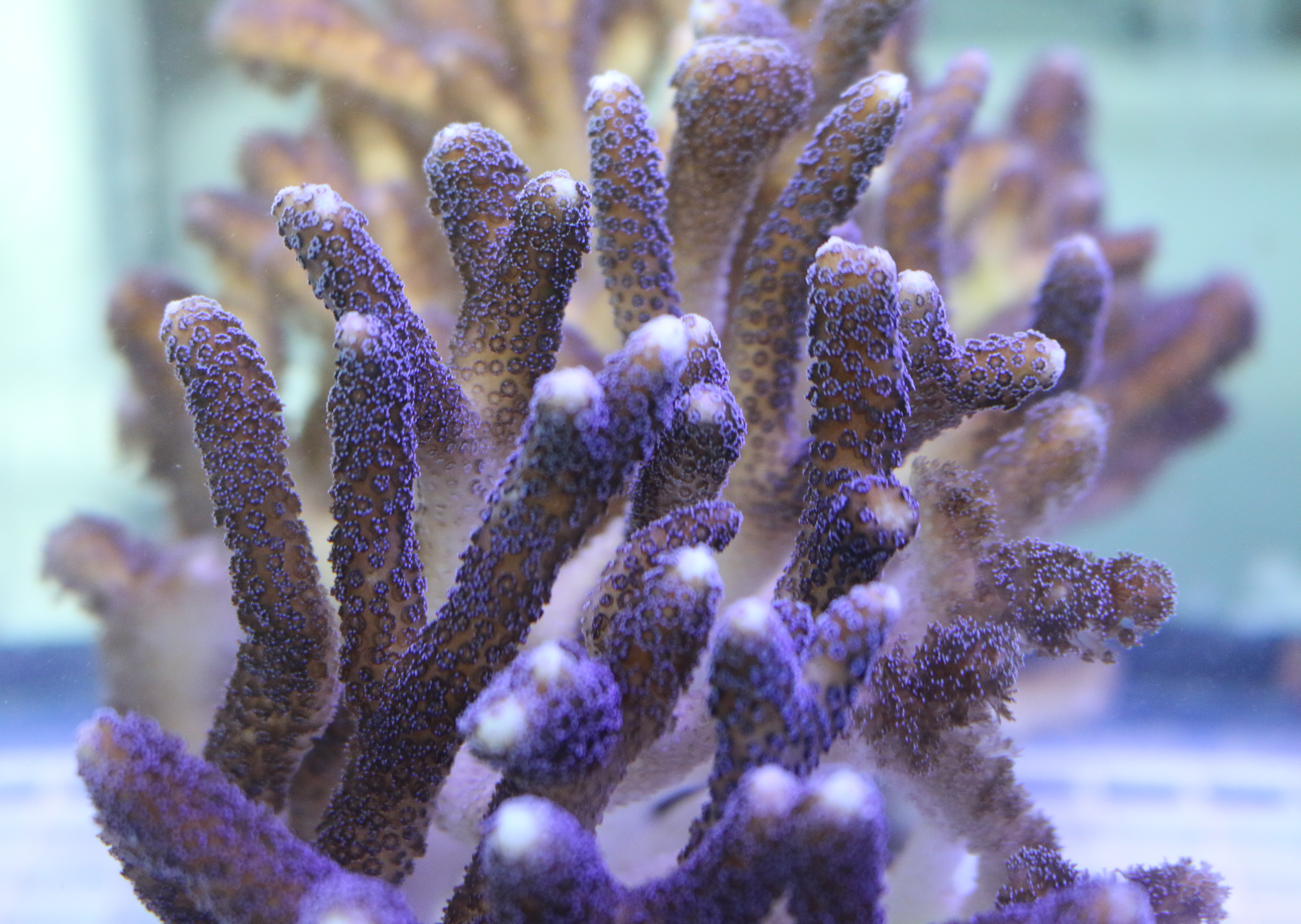
Corals Carefully Organize Proteins to Form Rock-Hard Skeletons
Charles Darwin, the British naturalist who championed the theory of evolution, noted that corals form far-reaching structures, largely made of limestone, that surround tropical islands. He didn’t know how they performed this feat. Now, Rutgers scientists have shown that coral structures consist of a biomineral containing a highly organized organic mix of proteins that resembles what is in our bones. Their study, published in the Journal of the Royal Society Interface, shows for the first time that several proteins are organized spatially – a process that’s critical to forming a rock-hard coral skeleton.
Rutgers Expert Available to Discuss 17-Year Cicadas in N.J.
New Brunswick, N.J. (March 18, 2021) – Rutgers University–New Brunswick entomologist George C. Hamilton is available for interviews on the upcoming emergence of 17-year cicadas in New Jersey. The big, noisy insects appear suddenly in late May or early June. “This spring, we will…

Don’t focus on genetic diversity to save our species
Scientists at the University of Adelaide have challenged the common assumption that genetic diversity of a species is a key indicator of extinction risk.
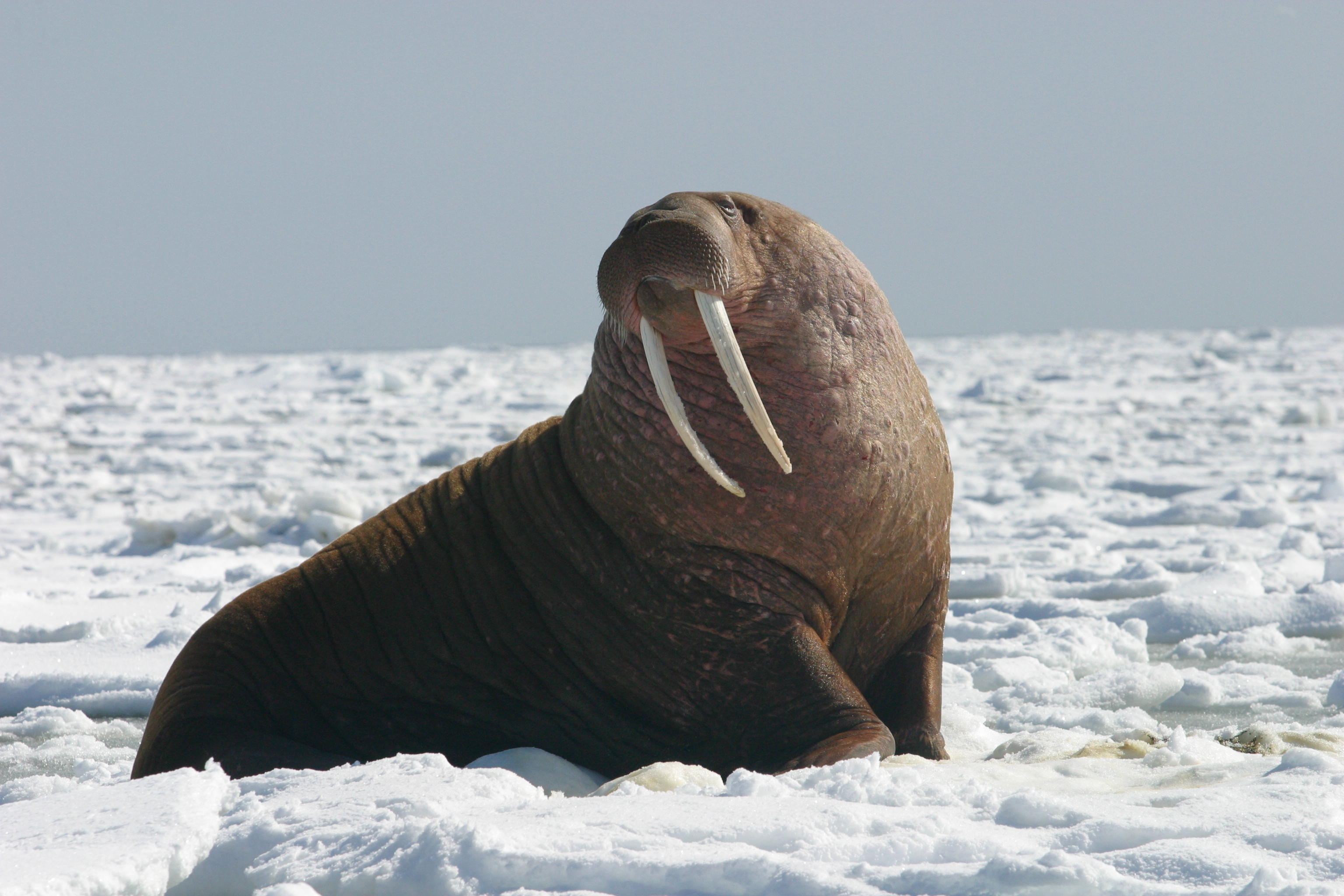
After Election: Making the Endangered Species Act More Effective
Following the presidential election, a leading group of scientists are making the case that a “rule reversal” will not be sufficient to allow the Endangered Species Act to do its job of protecting species. Instead, they’re calling for deeper improvements to the rules the U.S. Fish & Wildlife Service and the National Marine Fisheries Service use to apply the law–aiming to make the Act more effective and to gain bipartisan and industry support in an era of accelerating climate change.
The team’s analysis and policy recommendations were published in the journal Science.
Rutgers-Led Project Will Buy 76,000 Oysters From Farmers Struggling During COVID-19 Pandemic
New Brunswick, N.J. (Sept. 10, 2020) – A Rutgers-led project will buy 76,000 oysters from New Jersey oyster farmers who are struggling to sell the shellfish following the shutdown of restaurants and indoor dining as a result of the COVID-19…
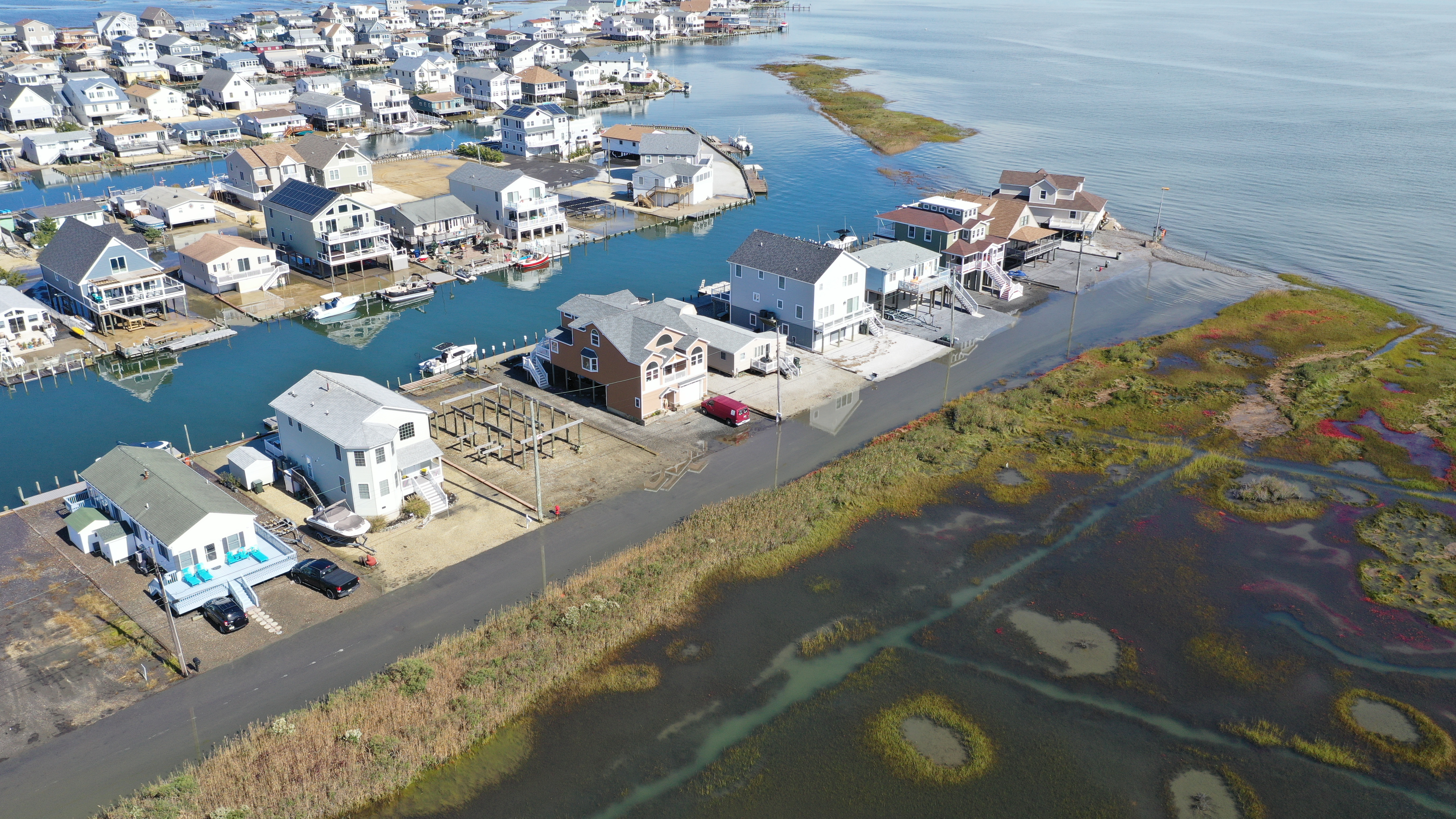
Land Development in New Jersey Continues to Slow
Land development in New Jersey has slowed dramatically since the 2008 Great Recession, but it’s unclear how the COVID-19 pandemic and efforts to fight societal and housing inequality will affect future trends, according to a Rutgers co-authored report. Between 2012 and 2015, 10,392 acres in the Garden State became urban land. That’s 3,464 acres a year – far lower than the 16,852 acres per year in the late 1990s and continuing the trend of decreasing urban development that began in the 2008 Great Recession.
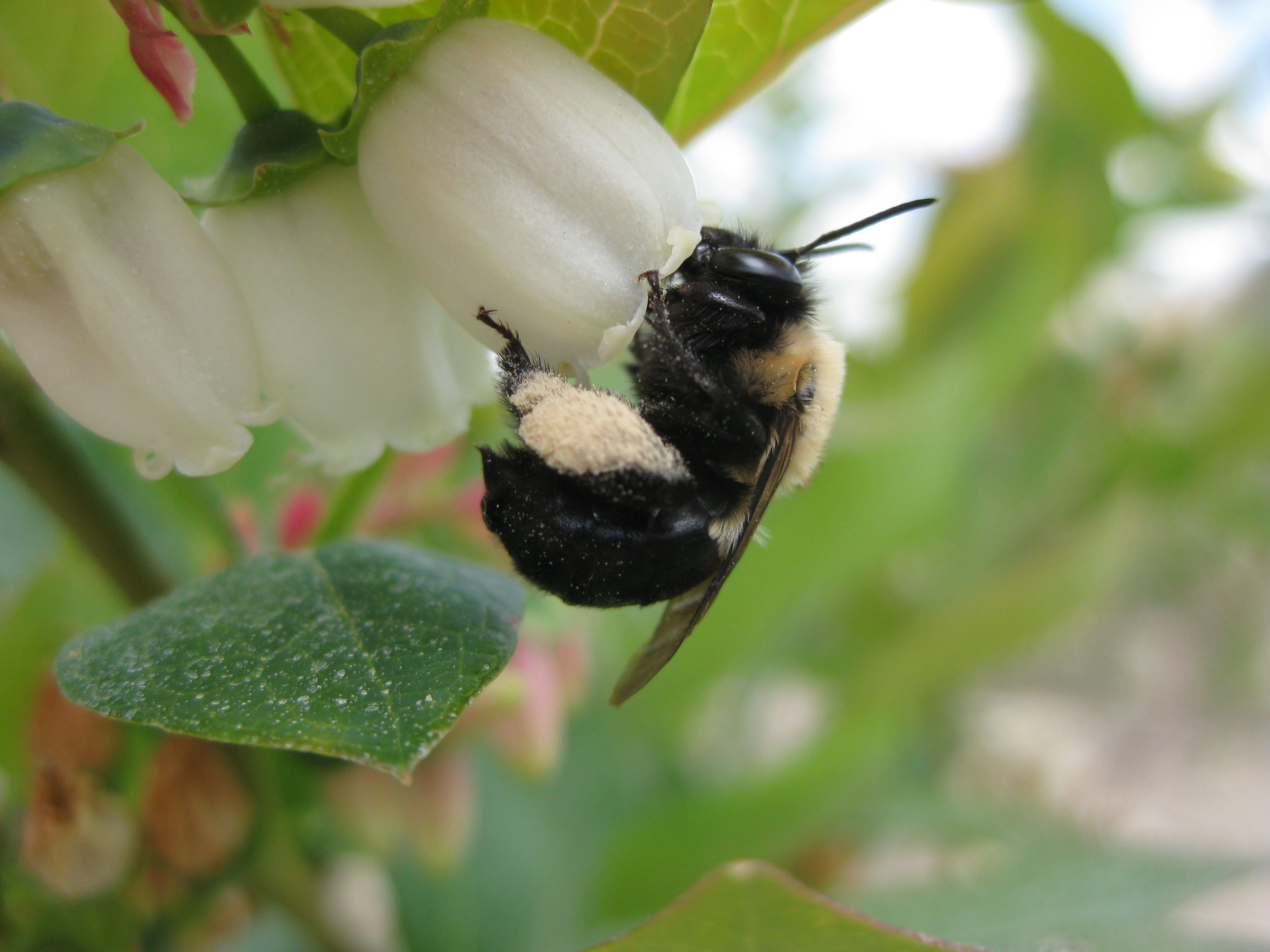
Decline of Bees, Other Pollinators Threatens U.S. Crop Yields
Crop yields for apples, cherries and blueberries across the United States are being reduced by a lack of pollinators, according to Rutgers-led research, the most comprehensive study of its kind to date. Most of the world’s crops depend on honeybees and wild bees for pollination, so declines in both managed and wild bee populations raise concerns about food security, notes the study in the journal Proceedings of the Royal Society B: Biological Sciences.
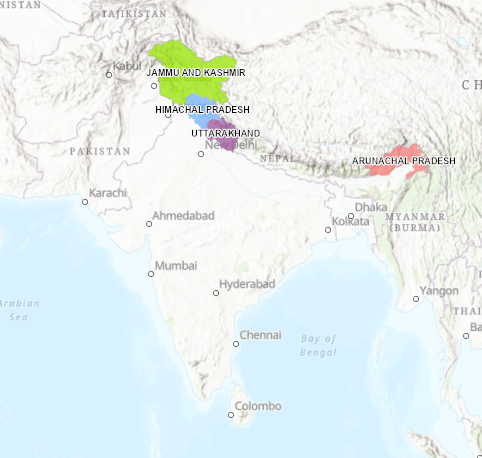
Geoengineering’s Benefits Limited for Apple Crops in India
Geoengineering – spraying sulfur dioxide into the atmosphere to combat global warming – would only temporarily and partially benefit apple production in northern India, according to a Rutgers co-authored study. But abruptly ending geoengineering might lead to total crop failure faster than if geoengineering were not done, according to the study – believed to be the first of its kind – in the journal Climatic Change.
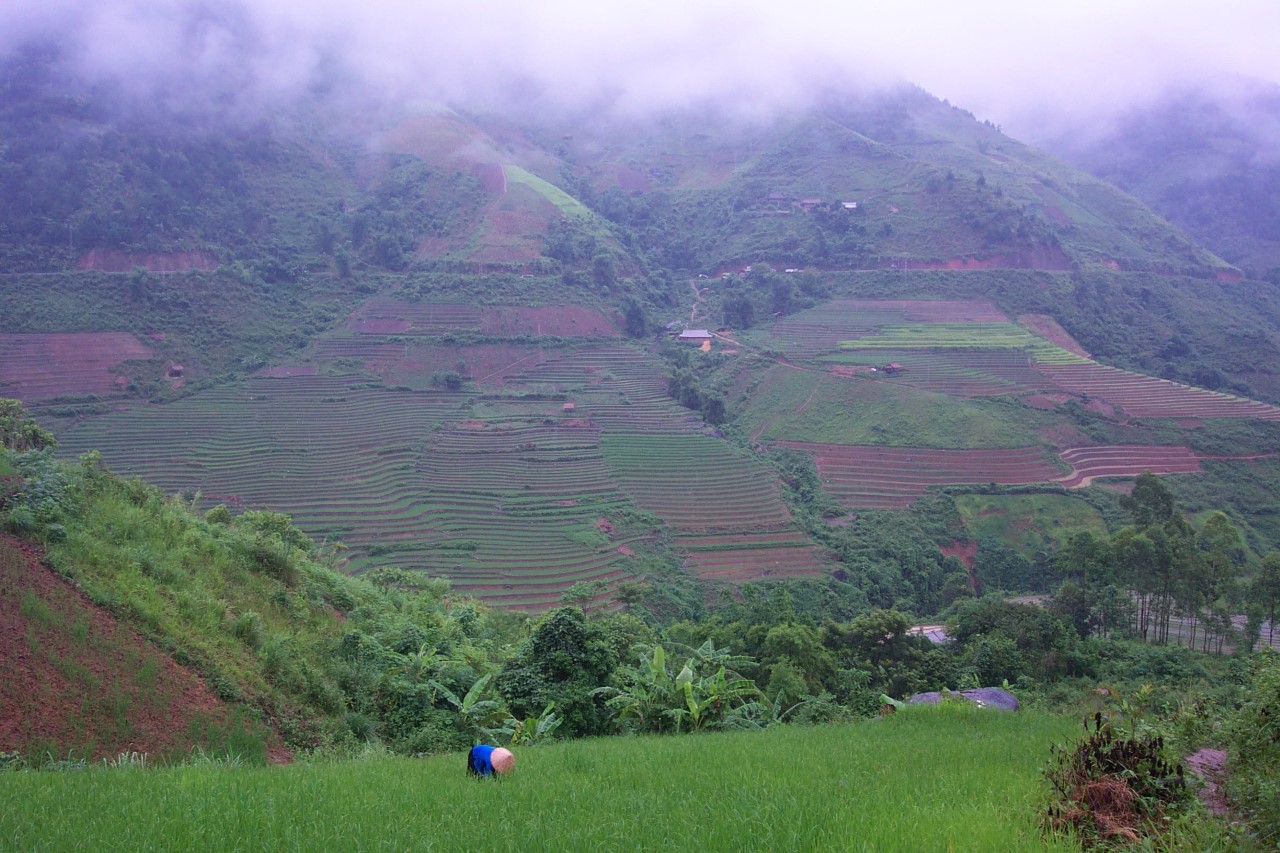
How to Tackle Climate Change, Food Security and Land Degradation
How can some of world’s biggest problems – climate change, food security and land degradation – be tackled simultaneously? Some lesser-known options, such as integrated water management and increasing the organic content of soil, have fewer trade-offs than many well-known options, such as planting trees, according to a Rutgers-led study in the journal Global Change Biology.
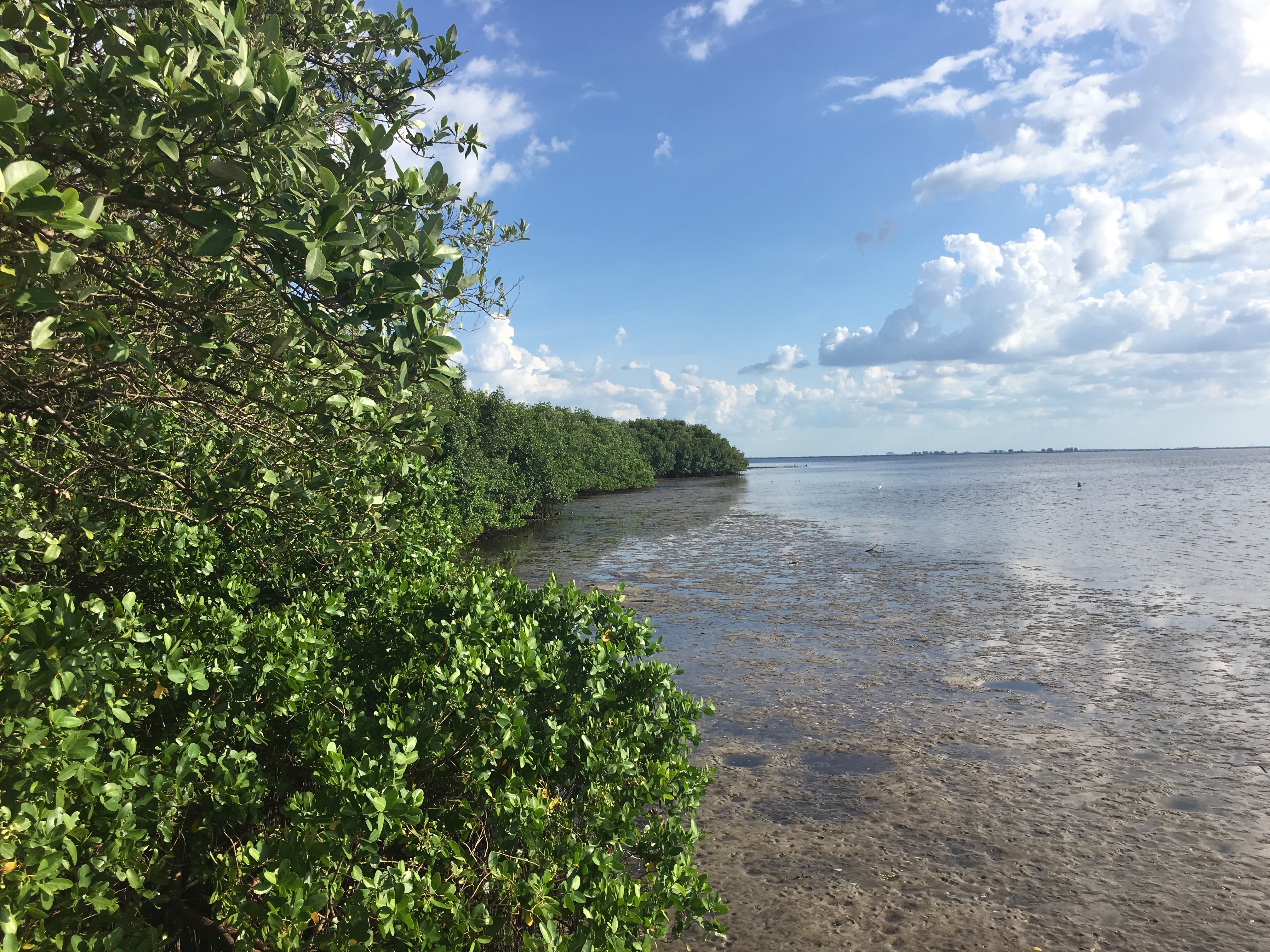
Mangrove Trees Won’t Survive Sea-Level Rise by 2050 if Emissions Aren’t Cut
Mangrove trees – valuable coastal ecosystems found in Florida and other warm climates – won’t survive sea-level rise by 2050 if greenhouse gas emissions aren’t reduced, according to a Rutgers co-authored study in the journal Science. Mangrove forests store large amounts of carbon, help protect coastlines and provide habitat for fish and other species. Using sediment data from the last 10,000 years, an international team led by Macquarie University in Australia estimated the chances of mangrove survival based on rates of sea-level rise.
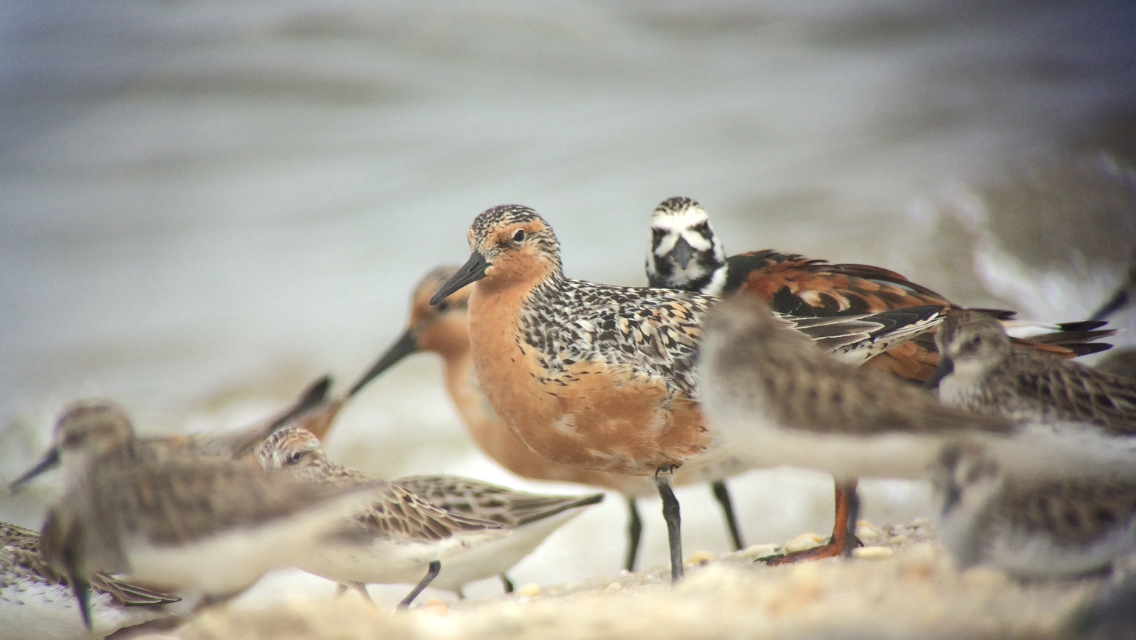
Oyster Farming and Shorebirds Likely Can Coexist
Oyster farming as currently practiced along the Delaware Bayshore does not significantly impact four shorebirds, including the federally threatened red knot, which migrates thousands of miles from Chile annually, according to a Rutgers-led study. The findings, published in the journal Ecosphere, likely apply to other areas around the country including the West Coast and Gulf Coast, where oyster aquaculture is expanding, according to Rutgers experts who say the study can play a key role in identifying and resolving potential conflict between the oyster aquaculture industry and red knot conservation groups.

Why do farmers care about conservation?
Long-term farm success depends on sustainable practices.

An Urbanized Florida Means More Stormwater Ponds, Invasive Plants
In their first attempt to quantify stormwater ponds, researchers with the UF Institute of Food and Agricultural Sciences found about 76,000 such ponds statewide. Many master-planned communities, especially in Florida, rely on stormwater ponds for flood control and water treatment. But the ponds also can be homes to many invasive plant species, which are costly to control.